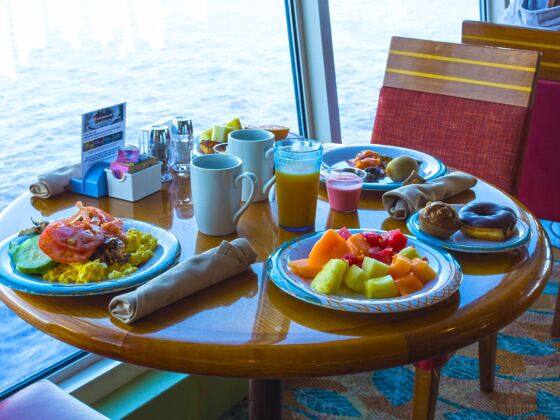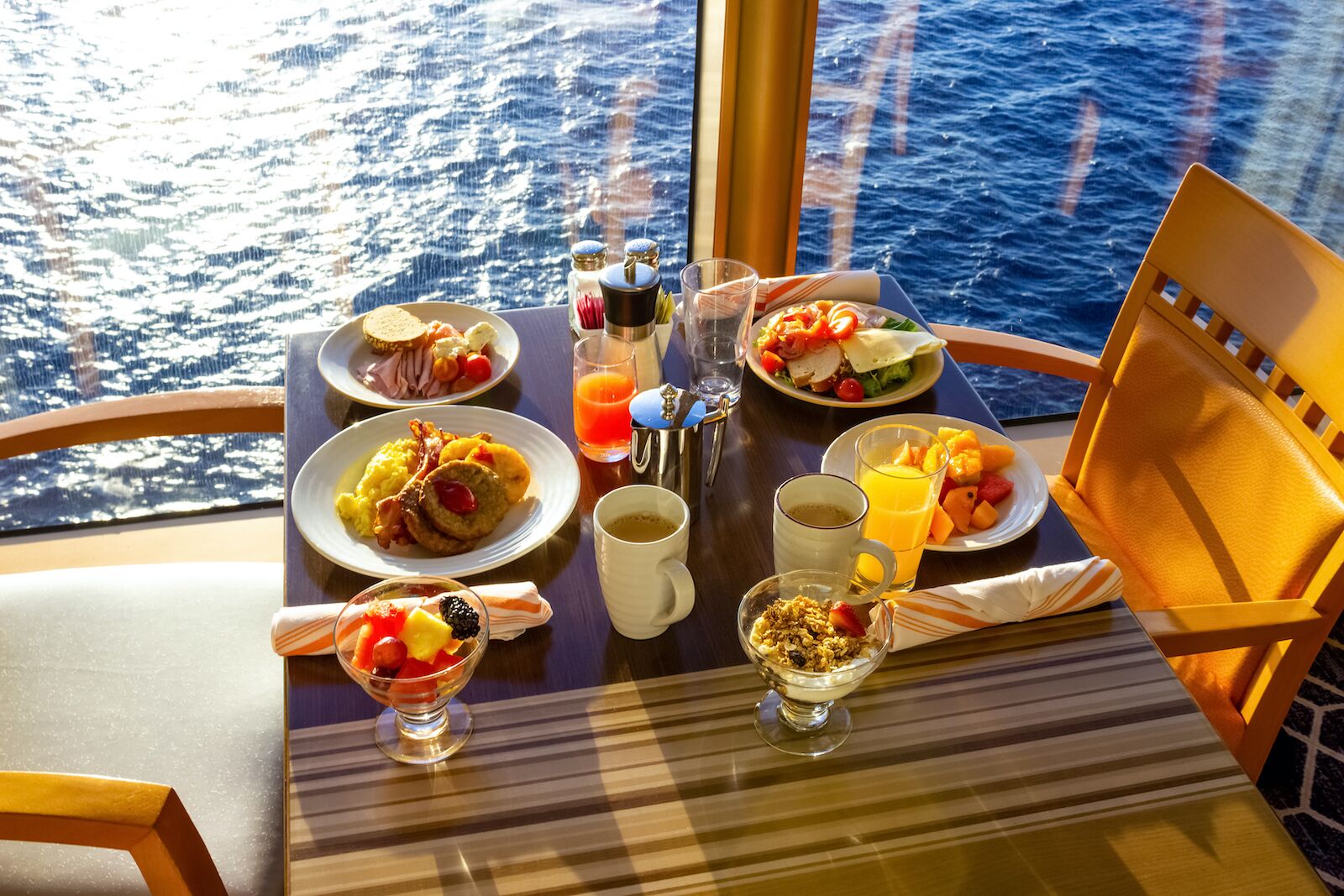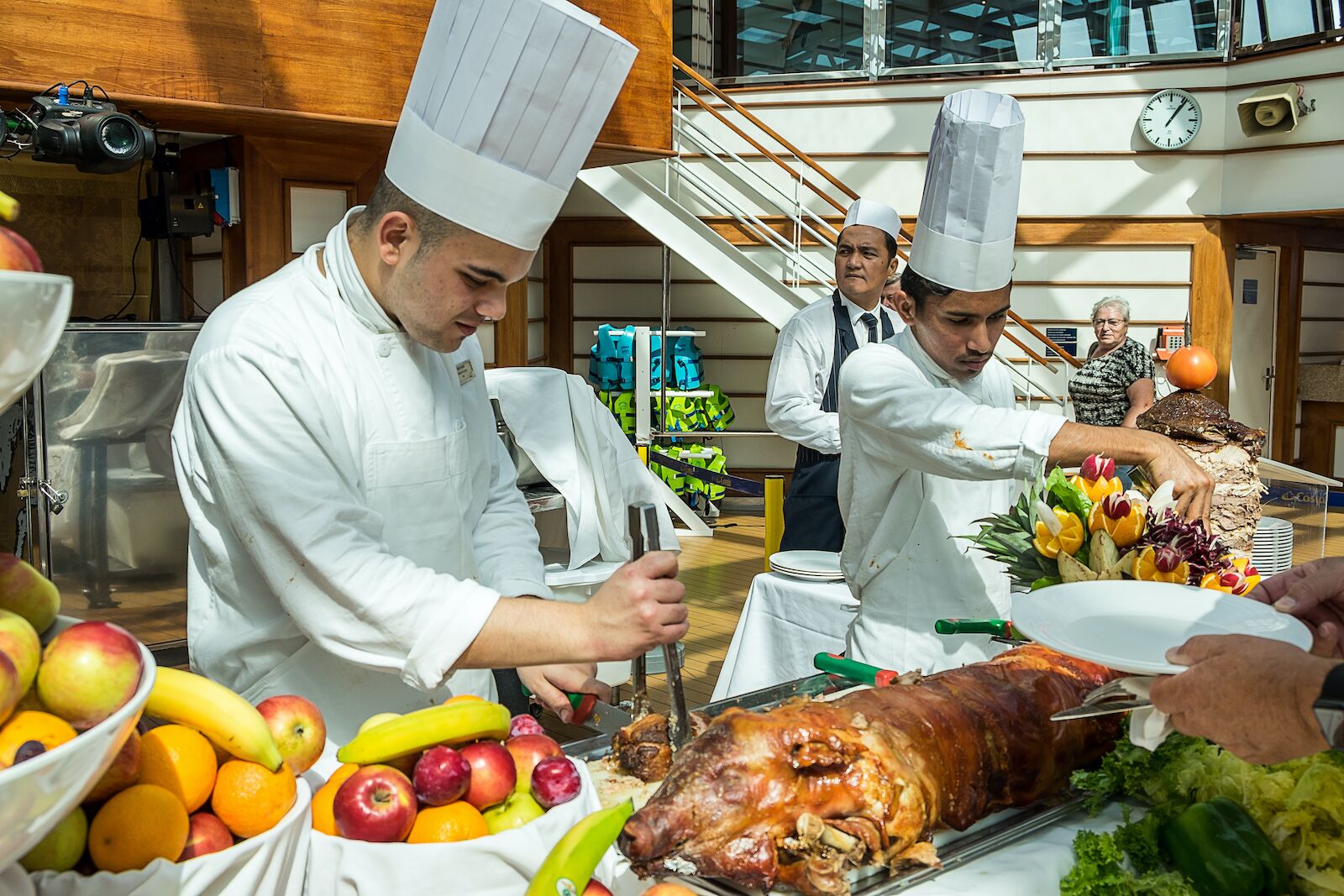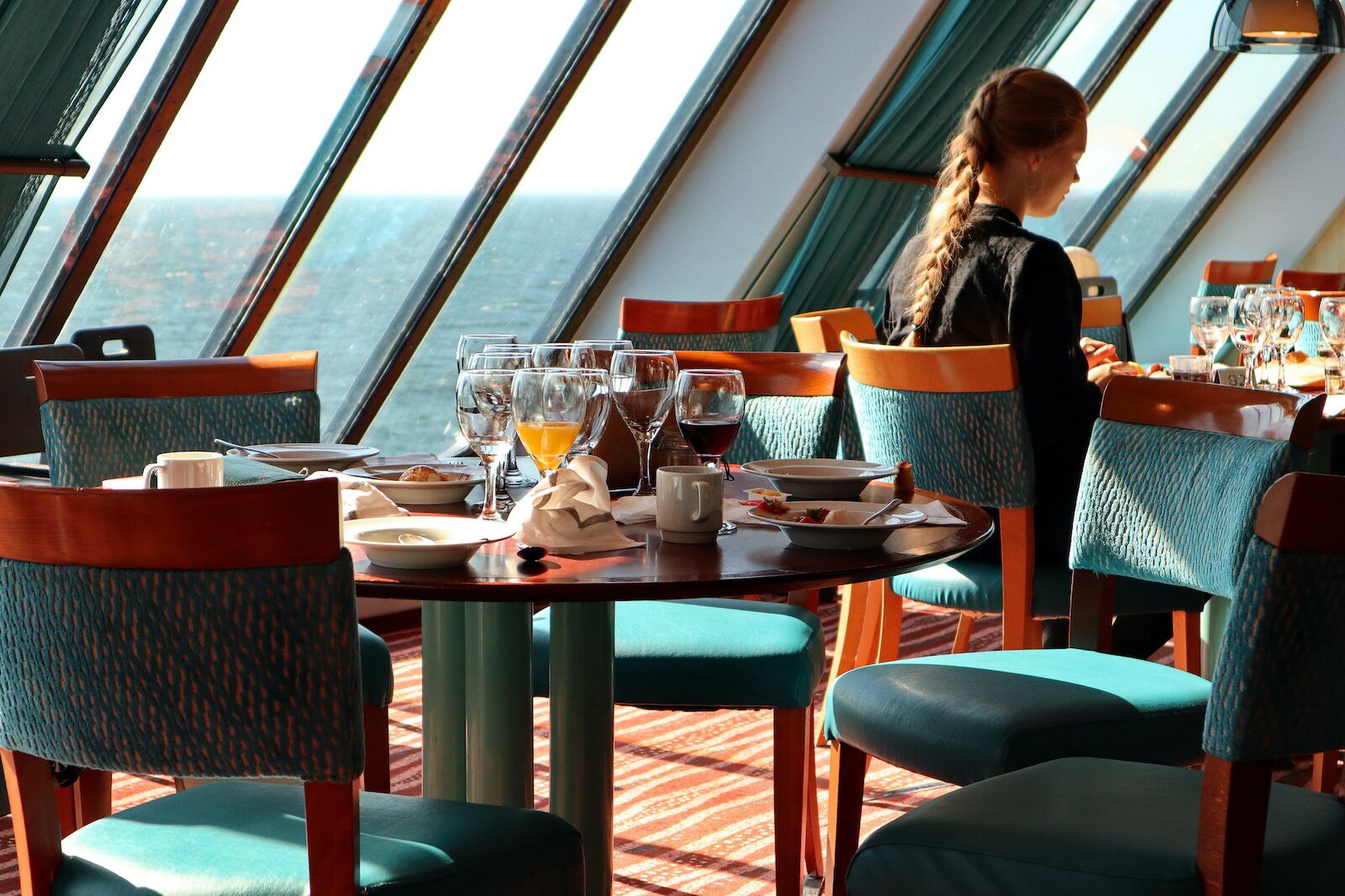Cruise food is very polarizing. Stereotypes in pop culture represent the food at sea as spoiled, expired, canned, boxed, and generally unappetizing – but that’s not the reality of how food is prepared and served on-board cruise ships. In reality, there’s absolutely nothing to fear – and a lot to look forward to – when you sit down for dinner at a cruise ship restaurant, or even peruse the buffet. And those stereotypes definitely do not encompass how cruise ship chefs feel about their food.
“We exceed the quality of on shore options,” says Chef Rudi Sodamin, the newly appointed Head of Culinary Arts at Princess Cruises. “Not many restaurants or hotels have seafood or fresh lobster on a weekly basis.”
Steve Van Der Merwe, corporate executive chef at MSC Cruises, also stands by the freshness of his fare: “Our steaks are hand cut on board. Fish and poultry are butchered on board and all those cookies, cakes, and bread? They’re baked on board.”
Here, cruise ship chefs reveal what they wish everyone knew about how food is prepared and served at sea.




